
LLM Machine Learning Mastering the Art of Intelligent Systems
Miracle February 13, 2024 ArticleNavigating Intelligence: The World of LLM Machine Learning
Embark on a journey into the realm of LLM Machine Learning, where the fusion of law and technology unfolds. It’s not just about algorithms and data; it’s a sophisticated dance of legal expertise and artificial intelligence that shapes the future of intelligent systems.
Decoding LLM: The Fusion of Law and Machine Learning
LLM Machine Learning isn’t your run-of-the-mill algorithmic endeavor; it’s a unique fusion of legal knowledge and cutting-edge machine learning. It’s about teaching machines to understand and interpret the intricacies of the legal world, a realm where nuances and context matter as much as raw data.
To delve into the fusion of law and machine learning, visit LLM Machine Learning. This resource unveils the intricacies of how LLM is reshaping the landscape of intelligent systems.
The Intelligence Enigma: How LLM Enhances Legal Processes
Legal processes, often complex and time-consuming, find a new ally in LLM Machine Learning. From contract analysis to legal research, LLM introduces efficiency by automating repetitive tasks, allowing legal professionals to focus on the strategic and nuanced aspects of their work. It’s not just about speed; it’s about enhancing the overall intelligence of legal operations.
Teaching Machines Legal Nuances: The Role of LLM Algorithms
The true power of LLM lies in its ability to teach machines legal nuances. It’s not just about recognizing patterns; it’s about understanding the intricate language of the law. LLM algorithms are trained to navigate legal texts, decipher complex jargon, and contextualize information, making them invaluable assets in the legal field.
Informed Decision-Making: Leveraging LLM Insights
In the legal world, decisions are only as good as the information they are based on. LLM Machine Learning empowers decision-makers by providing insights derived from vast legal datasets. Whether it’s predicting case outcomes or identifying legal trends, LLM ensures that decisions are not just intuitive but backed by data-driven intelligence.
Championing Legal Research: The LLM Advantage
Legal research, a cornerstone of the legal profession, undergoes a transformative shift with LLM Machine Learning. By streamlining information retrieval, LLM accelerates the research process, allowing legal professionals to access relevant precedents, case laws, and legal opinions with unprecedented speed and accuracy.
The Ethical Compass: LLM and Legal Professionalism
In the world of LLM Machine Learning, ethical considerations take center stage. It’s not just about automating tasks; it’s about upholding the ethical standards of the legal profession. LLM ensures that the use of technology aligns with legal professionalism, maintaining the human touch in legal practice while leveraging the power of intelligent systems.
The Learning Curve: How LLM Adapts to Evolving Legal Landscapes
The legal landscape is ever-evolving, and LLM Machine Learning is designed to adapt. Machine learning algorithms continuously learn from new legal cases, evolving legal doctrines, and shifting precedents. This adaptive learning curve ensures that LLM remains a relevant and dynamic force in an environment that never stops changing.
Collaboration Redefined: Lawyers and LLM Working Hand in Hand
Far from replacing legal professionals, LLM Machine Learning redefines collaboration. Lawyers become collaborators with intelligent systems, leveraging the strengths of both human expertise and machine efficiency. The synergy between legal minds and LLM algorithms creates a powerful partnership that enhances the overall capabilities of the legal profession.
Exploring the Future: LLM Machine Learning Unleashed
As we venture into the future, LLM Machine Learning stands as a beacon of innovation in the legal field. It’s not just about automation; it’s about elevating legal practice to new heights. The journey with LLM is a continuous exploration, unlocking new possibilities and reshaping the way we perceive the intersection of law and machine learning.
Uncover the Intelligent Synergy: Discover LLM Machine Learning Today
Dive into the intelligent synergy of law and machine learning with LLM. Visit LLM Machine Learning to explore the intricate dance of legal expertise and artificial intelligence. Uncover how LLM is not just a tool but a transformative force, shaping the future of intelligent systems in the legal domain.
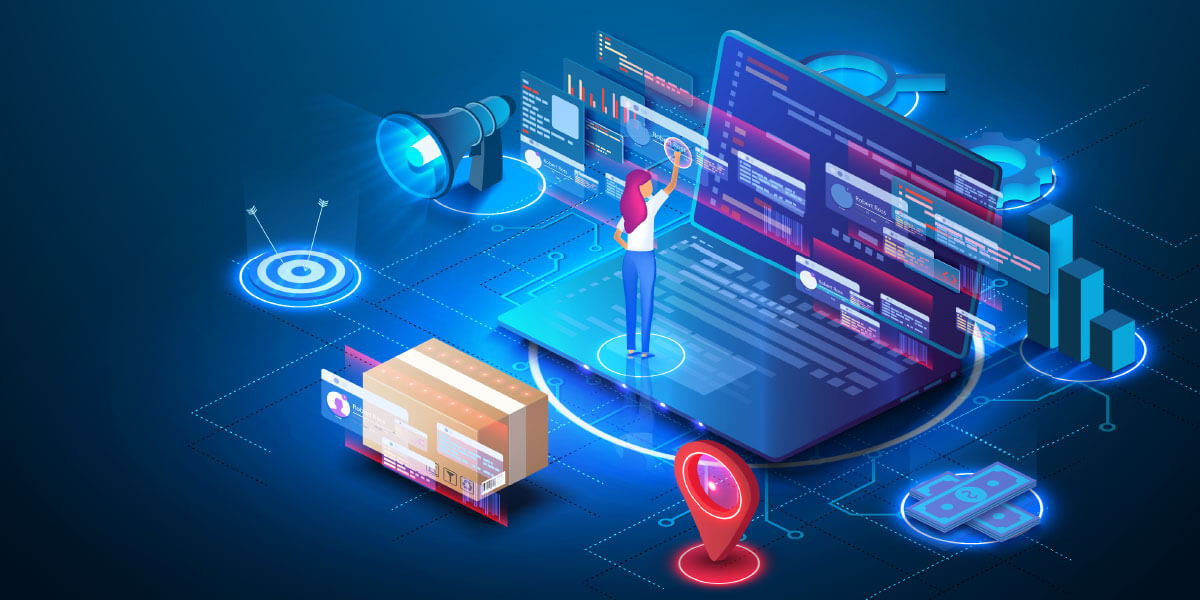

Certainly, here’s the article:
E-commerce Tech Trends
Introduction to E-commerce Technology Trends
E-commerce is continually evolving, driven by technological advancements that shape consumer behavior and business strategies. From augmented reality to AI-driven personalization, the latest trends in e-commerce technology redefine the online shopping experience.
Augmented Reality in E-commerce
Augmented reality (AR) is revolutionizing the way customers interact with products online. AR allows shoppers to visualize products in their space before purchase, enhancing confidence and reducing return rates. Its integration into e-commerce platforms creates an immersive shopping environment.
AI-Powered Personalization
Artificial intelligence (AI) plays a crucial role in personalizing the shopping experience. AI algorithms analyze customer behavior, preferences, and browsing history to offer personalized product recommendations and tailored content, boosting engagement and conversion rates.
Voice Commerce and Conversational Shopping
Voice commerce is gaining momentum with the rise of smart speakers and virtual assistants. Conversational shopping experiences allow users to make purchases using voice commands, simplifying the buying process and creating new avenues for e-commerce interaction.
Mobile Shopping and Payment Innovations
Mobile commerce continues to grow, driven by convenient mobile payment solutions and optimized shopping experiences for smaller screens. Innovations in mobile payment methods and seamless checkout processes contribute to the increasing popularity of mobile shopping.
Sustainable and Ethical Shopping Practices
Consumers are increasingly inclined towards sustainable and ethical shopping. E-commerce platforms are adapting by highlighting eco-friendly products, providing transparency in sourcing, and offering options for ethical consumption.
Omnichannel Integration
Omnichannel strategies are vital for e-commerce success. Seamless integration across multiple channels – online, offline, social media, and in-store experiences – ensures consistency and accessibility, enhancing customer satisfaction and engagement.
Challenges and Future of E-commerce Tech
While e-commerce technology trends offer immense opportunities, challenges exist. Privacy concerns, cybersecurity threats, and technological complexities require continuous innovation and robust solutions to sustain growth.
E-commerce Technology Trends redefine online shopping experiences. To explore the latest developments and understand the evolving landscape, visit E-commerce Technology Trends for comprehensive insights.
Feel free to modify or expand upon this article as needed!
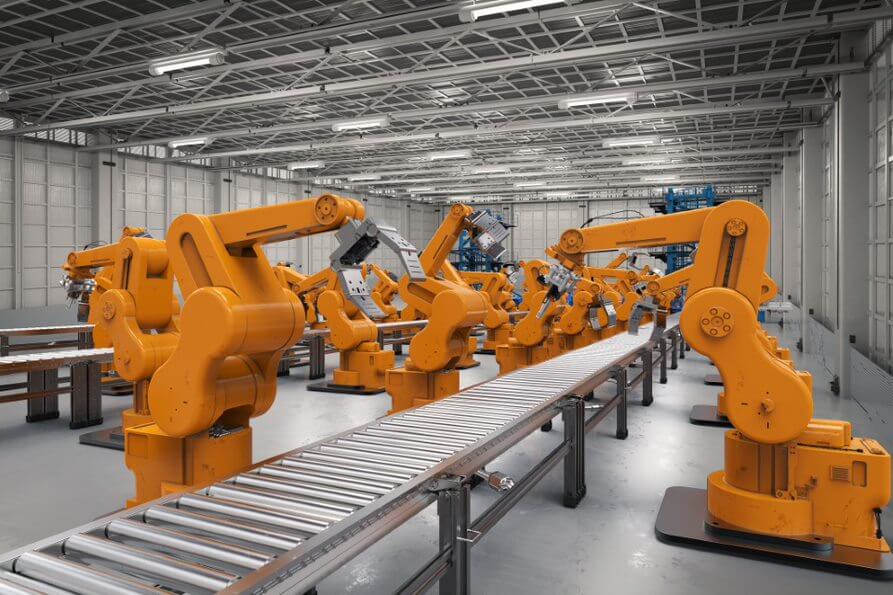

Absolutely, here’s the article:
Manufacturing Robotics: Innovations
Introduction to Robotics in Manufacturing
The integration of robotics in manufacturing processes marks a transformative shift in the industry. Robotics, fueled by advancements in automation and artificial intelligence, revolutionizes production lines, enhancing efficiency, precision, and productivity across various sectors.
Enhanced Automation in Manufacturing
Robotics in manufacturing introduces enhanced automation. Robots equipped with sensors and AI technologies perform intricate tasks with precision and speed. From assembly lines to logistics and quality control, these robots streamline operations, reducing errors and operational costs.
Collaborative Robots: Cobots
Collaborative robots, known as cobots, represent a significant innovation. These robots work alongside human operators, offering flexibility and adaptability in manufacturing environments. Cobots excel in tasks requiring human-like dexterity, enabling safer and more efficient collaboration between humans and machines.
IoT Integration and Smart Factories
The integration of robotics with the Internet of Things (IoT) fosters smart factories. IoT-connected robots gather real-time data, optimizing manufacturing processes. This connectivity enables predictive maintenance, efficient resource utilization, and adaptive production, fostering agile and responsive manufacturing ecosystems.
Customization and Flexibility
Robotics in manufacturing enables customization and flexibility in production. With advanced programming and adaptability, robots swiftly switch between tasks and configurations, catering to the demands of customized or varied production runs, thereby increasing agility in manufacturing.
Quality Assurance and Precision
Robots ensure higher levels of quality assurance and precision in manufacturing. With consistent accuracy and repeatability, they minimize errors, enhance product quality, and reduce waste. Vision systems and sensors integrated with robots further enhance quality control processes.
Challenges and the Future of Robotics in Manufacturing
Despite its advancements, robotics in manufacturing faces challenges. Issues such as initial investment costs, integration complexities, and workforce reskilling require attention. However, ongoing research and development aim to address these challenges, driving the evolution towards more efficient, adaptable, and accessible robotics systems.
Robotics in Manufacturing is a catalyst for industrial transformation. To explore the latest innovations and understand the evolving landscape, visit Robotics in Manufacturing for comprehensive insights.
Feel free to modify or expand upon this article as needed!


Absolutely, here’s the article:
Edge Computing: Diverse Applications
Understanding Edge Computing
Edge computing has emerged as a transformative paradigm in the realm of technology. Unlike traditional cloud computing, which centralizes data processing, edge computing brings computation closer to the data source, reducing latency and enabling real-time processing. This distributed approach offers a multitude of applications across various industries.
Enhanced IoT Capabilities
One of the primary domains benefiting from edge computing is the Internet of Things (IoT). By processing data closer to IoT devices, edge computing reduces latency and improves response times. This advancement enhances IoT capabilities, enabling faster and more efficient data analysis, which is crucial for IoT applications in smart homes, industrial IoT, and healthcare.
Edge Computing in Autonomous Systems
Autonomous systems heavily rely on quick decision-making based on real-time data. Edge computing plays a pivotal role in providing the computational power necessary for autonomous vehicles, drones, and robotics. By processing data at the edge, these systems can operate efficiently and safely with reduced dependence on centralized servers.
Retail and Customer Experience Enhancement
In the retail sector, edge computing facilitates personalized customer experiences. By analyzing data at the edge, retailers can offer real-time recommendations, optimize inventory management, and provide enhanced in-store experiences, such as cashier-less checkouts or interactive displays.
Telecommunications and Network Optimization
Edge computing significantly impacts telecommunications by decentralizing data processing. Telecom providers leverage edge computing to optimize networks, reduce latency, and improve content delivery. This advancement is crucial for the seamless deployment of high-bandwidth applications like video streaming and online gaming.
Healthcare and Remote Patient Monitoring
Edge computing revolutionizes healthcare by enabling remote patient monitoring and real-time health data analysis. Wearable devices equipped with edge computing capabilities can track vital signs, analyze data locally, and send relevant information to healthcare providers, ensuring timely interventions and personalized care.
Edge Computing Applications continue to expand across industries, driving innovation and efficiency. To explore the diverse implementations and understand the impact firsthand, visit Edge Computing Applications for comprehensive insights.
Feel free to adjust or expand upon this article according to your needs!


Space Tech: Earth Monitoring Solutions
Space technology plays a pivotal role in monitoring Earth, offering innovative solutions for observing and understanding our planet’s dynamics from afar.
Understanding Space Tech for Earth Monitoring
Space-based technologies, including satellites and remote sensing instruments, provide a bird’s-eye view of Earth. These tools capture data about climate, weather patterns, natural disasters, land use, and more, aiding in environmental monitoring and management.
As the world relies on space technology for Earth observation, platforms like Space Tech for Earth Monitoring showcase the advancements and contributions of space-based solutions.
Satellite Remote Sensing
Satellites equipped with remote sensing instruments capture data about Earth’s surface, atmosphere, and oceans, allowing scientists to monitor changes over time and understand environmental trends.
Climate Change Monitoring
Space tech enables comprehensive monitoring of climate-related parameters like temperature, ice melt, sea level rise, and carbon emissions, providing vital information for understanding and combating climate change.
Disaster Management and Response
Satellite-based Earth monitoring assists in disaster management by providing real-time data on natural disasters such as hurricanes, wildfires, floods, and earthquakes, aiding in swift response and recovery efforts.
As space technology evolves for Earth monitoring, Space Tech for Earth Monitoring platforms offer insights into the innovative applications and impact of these technologies.
Environmental Conservation and Resource Management
Space-based observations contribute to environmental conservation efforts by monitoring deforestation, biodiversity, water resources, and aiding in sustainable land use planning.
Urban Planning and Infrastructure Development
Earth observation data from space assists in urban planning, assessing infrastructure needs, managing transportation networks, and monitoring urban expansion.
Agricultural Monitoring and Food Security
Space tech aids in agricultural monitoring by assessing crop health, soil moisture, and predicting agricultural yields, contributing to global food security.
Exploring platforms like Space Tech for Earth Monitoring reveals the instrumental role of space technology in Earth monitoring and its diverse applications.
Challenges and Innovations
Overcoming challenges in data processing, satellite longevity, and international collaboration remains crucial for optimizing Earth monitoring capabilities through space technology.
Future of Space Tech in Earth Monitoring
The future promises advancements in space tech, including better-resolution imaging, enhanced data analytics, and novel satellite constellations, revolutionizing Earth monitoring capabilities.
Engaging with platforms like Space Tech for Earth Monitoring uncovers the transformative potential of space technology in understanding and safeguarding our planet.
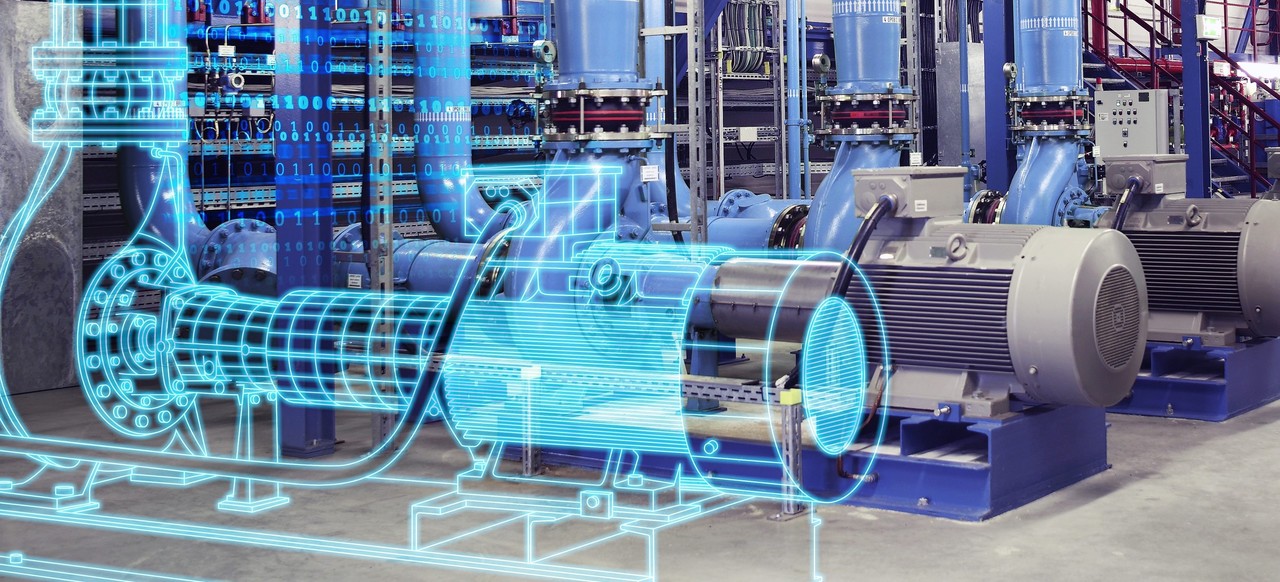
Absolutely, here’s the article:
Industry 4.0: Digital Twins
Introduction to Digital Twins in Industry 4.0
Digital twins represent a revolutionary concept within Industry 4.0, enabling the creation of virtual replicas of physical assets, processes, and systems. These virtual counterparts simulate real-world scenarios, providing insights, predictions, and optimizing operations across various industries.
Digital Twin Technology and Implementation
Digital twin technology relies on sophisticated sensors, IoT devices, and data analytics. By integrating these technologies, organizations can create accurate, real-time models of physical assets. Implementing digital twins aids in predictive maintenance, process optimization, and product development.
Applications in Manufacturing and Production
In manufacturing, digital twins revolutionize processes. They facilitate predictive maintenance by monitoring equipment conditions and predicting failures before they occur. Additionally, they optimize production by analyzing workflows and suggesting improvements to increase efficiency.
Role in Product Development and Prototyping
Digital twins play a crucial role in product development. They allow for virtual prototyping and testing, reducing the need for physical prototypes, thereby saving time and costs. Engineers can simulate product behavior and make adjustments before physical production.
Integration in Smart Cities and Infrastructure
Digital twins extend beyond manufacturing, finding applications in smart cities and infrastructure. They simulate urban environments, aiding in city planning, traffic management, and infrastructure development. They provide insights to optimize resource allocation and enhance overall city functionality.
Challenges and Future Trends
While digital twins offer immense benefits, challenges exist. These include data security, interoperability, and scaling models for complex systems. However, ongoing advancements in AI, IoT, and data analytics aim to address these challenges, paving the way for more robust digital twins.
Digital Twins in Industry 4.0 are revolutionizing how industries operate. To explore the depth of this technology and understand its transformative potential, visit Digital Twins in Industry 4.0 for comprehensive insights.
Feel free to modify or expand upon this article as needed!
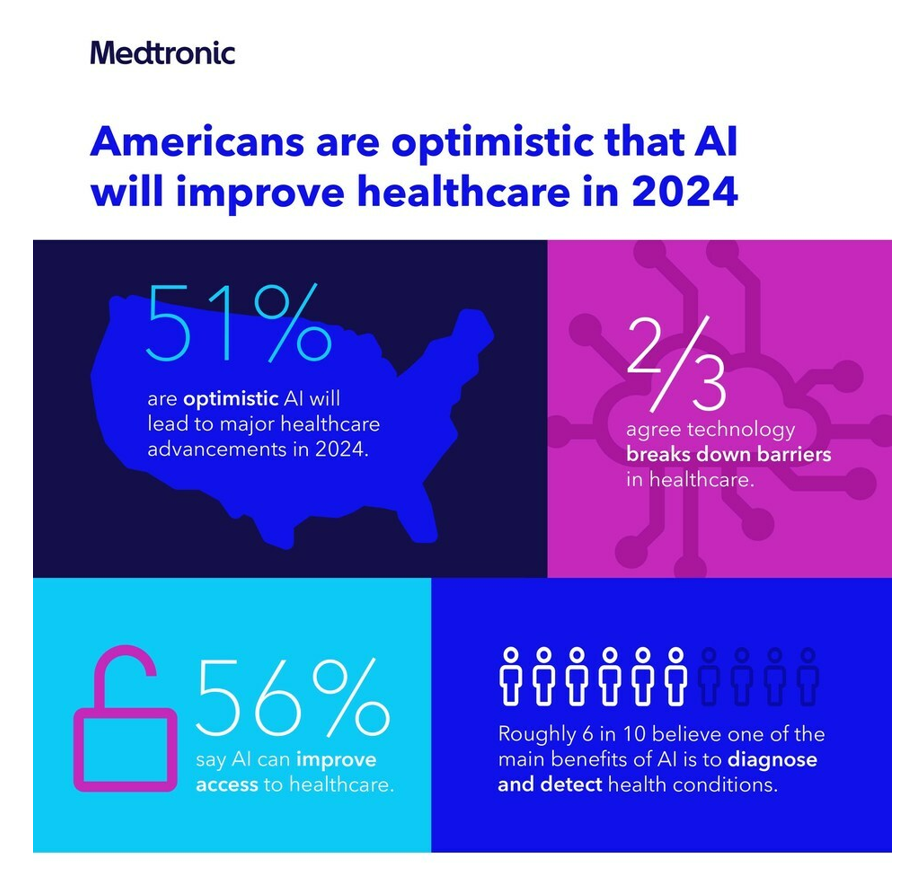

Absolutely, here’s the article for you:
AI Revolutionizing Healthcare in 2024
Artificial Intelligence (AI) has ceaselessly transformed the landscape of healthcare. In 2024, its impact has surpassed expectations, revolutionizing diagnostics, treatment plans, and patient care.
Enhanced Diagnostics
One of the most remarkable advancements lies in diagnostics. AI algorithms, embedded with machine learning capabilities, analyze medical imaging scans with unparalleled precision. In milliseconds, these systems can detect anomalies, aiding doctors in diagnosing conditions such as cancer, cardiovascular diseases, and neurological disorders swiftly and accurately.
Personalized Treatment Plans
AI’s integration into healthcare doesn’t stop at diagnostics. It plays a pivotal role in tailoring treatment plans. By analyzing vast datasets encompassing genetic information, medical records, and real-time patient data, AI devises personalized treatment strategies. These strategies are not only more effective but also reduce adverse reactions by considering individual variations and responses.
Remote Monitoring and Telemedicine
The expansion of AI-powered remote monitoring systems has been a game-changer, especially in managing chronic illnesses. Patients can now use wearable devices equipped with AI algorithms to track their vitals continuously. These devices send real-time data to healthcare providers, enabling timely interventions and minimizing hospital visits.
AI in Surgical Procedures
AI’s integration in surgical procedures has elevated precision and outcomes. Surgeons are aided by AI systems that offer real-time guidance during complex surgeries. This assistance reduces human error, enhances precision, and expands the scope of what’s surgically achievable.
Ethical Considerations and Challenges
Despite its monumental benefits, AI in healthcare also raises ethical concerns. Issues related to data privacy, algorithm biases, and the accountability of AI decisions remain pivotal points of discussion. Ensuring that AI operates ethically and equitably within healthcare frameworks continues to be a pressing concern.
In the evolving landscape of healthcare, AI in 2024 has become an indispensable tool, streamlining processes, improving patient outcomes, and driving efficiency. To witness the strides taken by AI in revolutionizing healthcare firsthand, explore the innovations at AI in Healthcare 2024.
Feel free to modify or expand upon this article as needed!
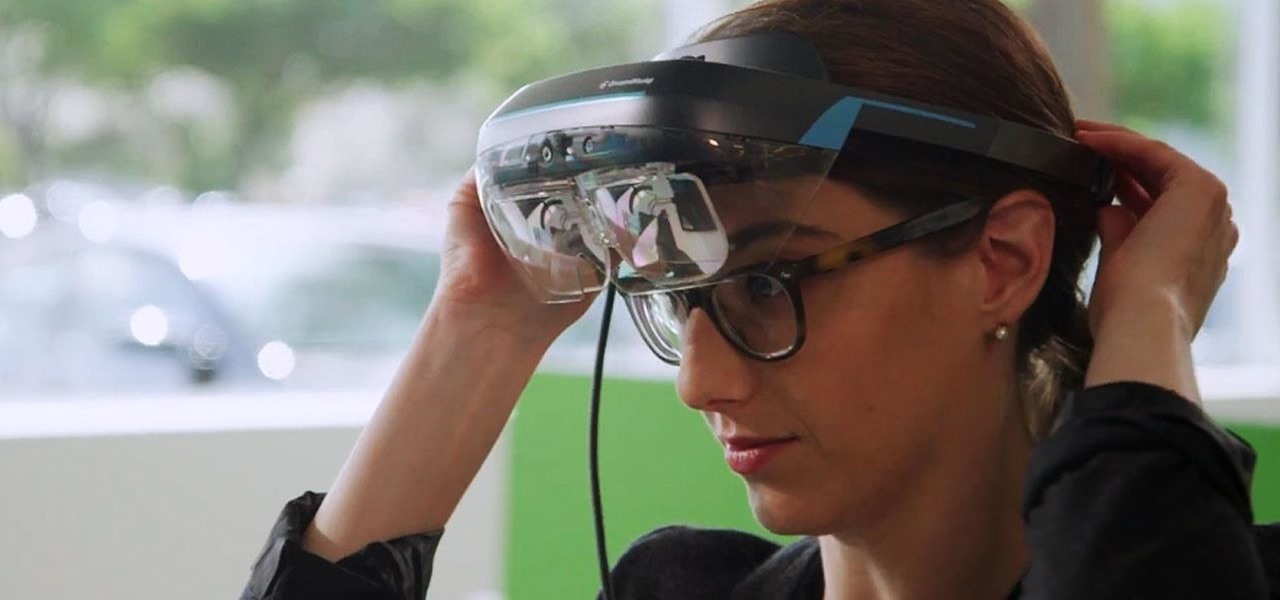

Absolutely, here’s the article for you:
Revolutionizing Experiences: Augmented Reality Innovations
The Evolution of Augmented Reality
Augmented Reality (AR) has swiftly transitioned from a novelty to a transformative force in technology. Initially confined to entertainment and gaming, AR has expanded its horizons, infiltrating various industries, from education and healthcare to retail and manufacturing. This evolution has been fueled by innovations that push the boundaries of what AR can achieve.
Enhancing User Interaction
One of the primary strengths of AR lies in its ability to enhance user interaction. With advancements in AR technology, users can seamlessly blend the virtual world with the physical environment. Whether it’s overlaying information onto real-world scenes or offering immersive experiences through AR glasses, these innovations redefine how people interact with digital content.
Applications Across Diverse Industries
AR’s impact extends far beyond gaming and entertainment. In education, AR brings textbooks to life, providing interactive and engaging learning experiences. Healthcare professionals leverage AR for simulations and surgical training, improving precision and reducing risks. Retailers utilize AR to offer virtual try-on experiences, revolutionizing the way customers shop.
AR’s Role in Workplace Transformation
Businesses are increasingly adopting AR to revolutionize workflows. From manufacturing, where AR assists in assembly and maintenance tasks, to architecture and design, where AR enables clients to visualize projects in real-time, the workplace is witnessing a profound transformation. AR streamlines processes, enhances productivity, and fosters innovation.
Challenges and Future Prospects
Despite its rapid growth, AR faces challenges like hardware limitations and user adoption barriers. The need for more accessible, lightweight AR devices and improved user interfaces remains crucial. However, the future prospects for AR are promising, with ongoing research and development aimed at overcoming these obstacles.
Augmented Reality Innovations continue to reshape industries and redefine user experiences. To explore the forefront of AR advancements and witness the impact firsthand, visit Augmented Reality Innovations for a glimpse into the future.
Feel free to adjust or expand upon this article as needed!


Absolutely, here’s the article:
Blockchain Revolutionizing Supply Chains
Understanding Blockchain in Supply Chain
Blockchain technology has emerged as a disruptive force in the realm of supply chain management. It provides a decentralized, transparent, and immutable ledger system that enables secure and traceable transactions. The application of blockchain in supply chains offers a multitude of benefits, transforming traditional logistics processes.
Enhanced Transparency and Traceability
One of the primary advantages of blockchain in supply chain management is its ability to enhance transparency and traceability. Each transaction or movement of goods recorded on the blockchain becomes a permanent, time-stamped record. This transparency helps in tracking products from their origin to the final destination, ensuring authenticity and reducing the risk of counterfeiting.
Improved Efficiency and Reduced Costs
Blockchain streamlines supply chain processes by eliminating intermediaries and manual record-keeping. Smart contracts, a feature of blockchain, automate and execute predefined actions when certain conditions are met. This automation reduces errors, accelerates processes, and ultimately lowers operational costs across the supply chain network.
Supply Chain Disruption Management
Blockchain technology empowers supply chain resilience by providing tools to manage disruptions effectively. In cases of recalls or disruptions, blockchain enables swift and accurate identification of affected products, minimizing the impact on consumers and facilitating targeted recalls.
Sustainability and Ethical Sourcing
Blockchain in supply chain management also supports sustainability efforts and ethical sourcing. It enables transparent documentation of every step in a product’s lifecycle, verifying ethical practices like fair trade or environmentally friendly production methods. This transparency aligns with the growing consumer demand for ethically sourced goods.
Adoption Challenges and Scalability
Despite its transformative potential, the adoption of blockchain in supply chains faces challenges. Issues related to interoperability, standardization, scalability, and regulatory concerns need addressing. The technology is evolving, and collaboration among industry players is crucial for widespread implementation.
Blockchain in Supply Chain offers unparalleled opportunities to redefine logistics processes. To delve deeper into the applications and implications of blockchain technology, explore insights available at Blockchain in Supply Chain for comprehensive understanding.
Feel free to modify or expand upon this article as needed!
Categories
Recent Posts
- The Impact of Adolescent Residential Treatment Centers for Mental Health on Long-Term Stability
- Empowering Health Through a Diabetes App
- Assortment Planning 2.0: Balancing Data Science with Merchant Intuition
- Corporate Shuttle Services: A Competitive Edge for Employee Satisfaction and Retention
- Find Your Inner Peace A Sahaja Guided Meditation
- Schlage Century Smart Home Security, Simplified
- Unlocking Online Success Simple Marketing Tips
- Simple Ragdoll Cat Grooming for Beginners
- Experience the Future with [Product Name]
- Dance Theatre of Harlem A Stunning New Production
Partner
ecommerce web design dubai
ecommerce website development dubai
ecommerce website dubai
ecommerce development in dubai
ecommerce development company dubai
ecommerce development company in dubai
ecommerce development dubai
ecommerce website development companies in dubai
ecommerce website development company in dubai
ecommerce website development in dubai
ecommerce website design company near me
ecommerce website design company dubai
ecommerce web development dubai
web ecommerce development
ecommerce website in uae
ecommerce website design dubai
ecommerce web design agency
Partner
app design Dubai
app developers in dubai
app development companies in dubai
app development dubai
application development dubai
app developers uae
app development companies in uae
app development uae
mobile App designer Dubai
mobile App Development Company Dubai
mobile app development company in dubai
mobile app development dubai
mobile application dubai
mobile app development company in uae
mobile app development uae
mobile application development uae
mobile app development company
Partner
Hire Opencart Developers
Hire Zend Developers
Hire VueJs Developers
Hire Symfony Developers
Hire CodeIgniter Developers
Hire ExpressJs Developers
Hire Xamarin Developers
Hire JQuery Developers
Hire NextJs Developers
Hire WooCommerce Developers
Hire ReactJs Developers
Hire NodeJs Developers
Hire Laravel Developers
Hire Magento Developers
Hire Flutter Developers
Hire Swift Developers
Hire Angular Developers
Hire WordPress Developers
Hire IOS Developers
Hire Java Developers
Hire PHP Developers
Hire Hybrid App Developers
Hire Android Developers
Hire UIUX Designers
Hire Native App Developers
Hire JavaScript Developers
Offshore Developers
Hire Graphic Designers
Hire Net Developers
Hire Web Designers
